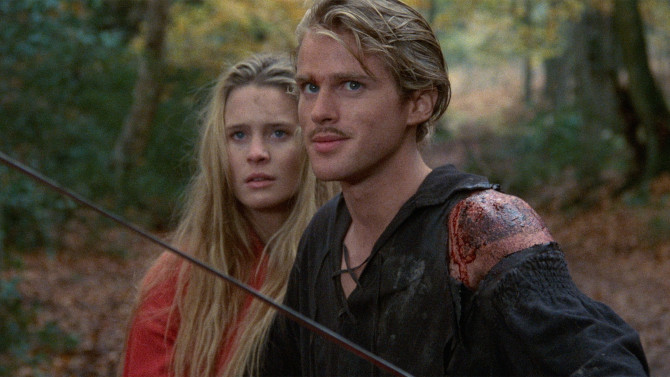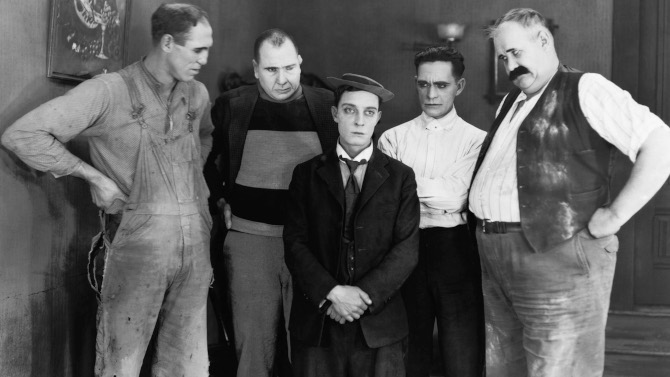
What Could Have Been: My Wife’s Relations
Opening in a way only a Buster Keaton short film seems to be able to, an accidental confrontation between a mailman and the main character (leading to a letter, by chance, falling into the hands of the man, as well as a broken pane of glass as a result of the postal worker’s anger), followed by another clash between the always in the wrong place protagonist and a bullish woman – who assumes the diminutive man must have done the damage to the window. . . then throw in a Polish priest (who doesn’t speak English) making his own assumptions, and somehow, Keaton becomes Husband, and this woman, played by Kate Price, becomes Wife, in 1922's My Wife’s Relations, written and directed by both Buster Keaton and Edward F. Cline.
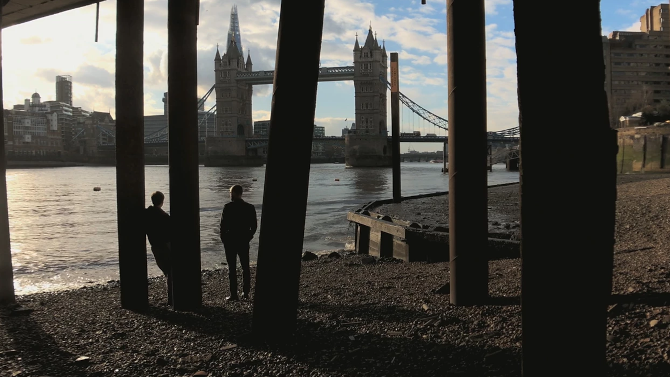
Cell Phone
An example of Indie, guerilla-style film making, Anthony Z. James writes, directs and produces his first feature film, 2020's Ghost (also known as Ex-Con); shooting on the mean streets of London, the production was simply shot with an Iphone (with an anamorphic lens) – something you will find increasingly hard to believe the longer you delve into this motion picture. Dropping us into an important day in the life of Tony Ward (Anthony Mark Streeter), the man is officially an ex-con – just released from prison. Following him in his first steps back in the real world (approximately seven minutes without a word of dialogue – somewhat bringing to mind Patrick Ryan’s sadly under-seen 2014 Irish Indie film Darkness on the Edge of Town), James places us in the man’s shoes, engrossing tracking shots reminiscent of Stanley Kubrick’s Paths of Glory – uprooted from the muddy trenches of World War I to the gritty side-streets of London, these techniques allowing his steps to become ours. Hoping that each stride is one into a more straight-laced and balanced future, the shadows of his past linger, shrouding the very day in a gloomy, melancholic uncertainty.
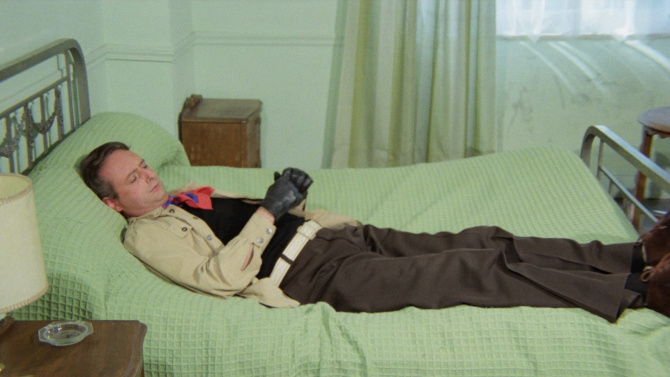
Fatal Subtraction
A Spanish film inspired by the Italian giallo craze, 1978's Trauma (in Spanish: Violación fatal), directed by León Klimovsky, opens in a rather fascinating way – a writer, Daniel (Heinrich Starhemberg), dressed in an overly flamboyant outfit, including an ascot (think of a pudgy, slightly nerdier middle-aged version of Fred from Scooby-Doo), drives to a secluded bed and breakfast. . . wait a minute, he’s also wearing a pair of black gloves like the killers always do in these types of movies. . . could solving the mystery be this easy, or does the ascot negate said gloves? Finding his way down a dirt road to a most picturesque historic home (that sits beside a serenely calm lake), inside he meets Veronica (Ágata Lys), the frustrated young woman who runs the establishment. Burdened with the management of the place while also caring for her crippled husband in the attic (a man who we mysteriously never see, but can be heard when he gets into fits of rage), she finds little solace in the peaceful calm and tranquility of the locale. . . though she does enjoy spending time with her new guest (and making antique-looking figurines that she is very possessive of).
Star Pick with Tasya Teles
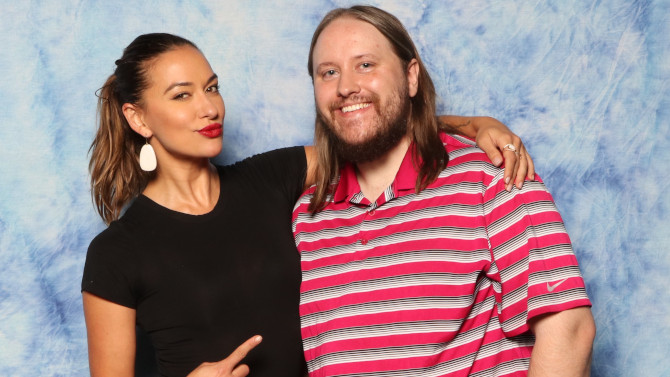
A couple of weeks ago, I started releasing star pick interviews with cast members of the long running television series The 100 (to honour its seventh and final season). First to feature was Bob Morley, and today Filmizon.com highlights fellow star Tasya Teles – who plays Echo. One of the most fascinating characters on the show, she first appeared in season 2 as a recurring character (a grounder and not one of ‘the 100’ teenagers sent to see if the planet was still habitable), growing into one of the major players by season 5. With intriguing storylines, she is a strong warrior assassin (that can lean towards ruthlessness), extremely loyal, yet willing to disobey orders if it doesn’t make sense. . . and, over the course of many seasons, has softened a bit – showing a caring side to those characters she originally only had disdain for. A most generous person, Teles was extremely cheerful as we chatted about her favourite film, 1987's The Princess Bride, directed by Rob Reiner. Explaining that the princess story has been told so many times before (usually in a very predictable way), she fell in love with this iteration for its fun, original, and quirky style. . . a film that turns every expected happening on its head – playing with previous stories and the tropes they have built, making for a most unique telling. Also noting the wonderfully etched characters, each actor is a standout when it comes to developing their pivotal role, be it revenge bent Inigo Montoya (Mandy Patinkin) or nearly unrecognizable Billy Crystal – as miracle worker Max, who has lost his confidence a bit of late.
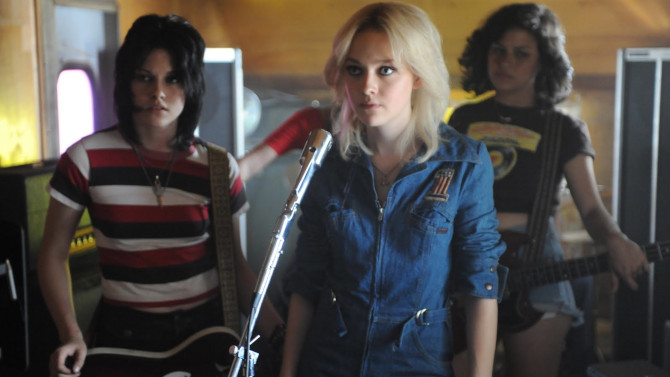
Cherry Picking
How can one define ‘raw’ music? That elusive energy that record executive Richie Finestra was desperately looking for in the sadly short-lived HBO series Vinyl. . . it can be found in the first few seconds of the MC5's “Kick Out the Jams” – the listener immediately learning that they are trying to melt your face right off; or in Jimi Hendrix’s reworking of Bob Dylan’s “All Along the Watchtower” – his inventive, inspirational guitar work seeping into your very bloodstream; anarchy can literally be felt in every single note of The Sex Pistols; while Nirvana’s “Smells Like Teen Spirit” emits a primordial energy that never lets you go. Truly transcendent, it transports you to a different plane of existence. . . a confounding place which finds vexing combinations of pure natural energy diluted with sex and drugs, innocence clashing with the realization that life isn’t fair – it is like living in the gutter of heaven itself. . . still perfection (after all, it is heaven), yet in a way you couldn’t imagine possible in such a place. A combination of youthful exuberance and unbridled energy that captures lightning in a bottle, that raw sound is not something that can be sustained. Coming from a creative and energetic place when youth meets adulthood, where simplicity combines with complexity, two things inevitably happen – you either evolve into something more refined and mainstream, or you burn out/die. An excellent example of this lengthy definition, 2010's The Runaways, written and directed by Floria Sigismondi, depicts the short lived run of the titular band.
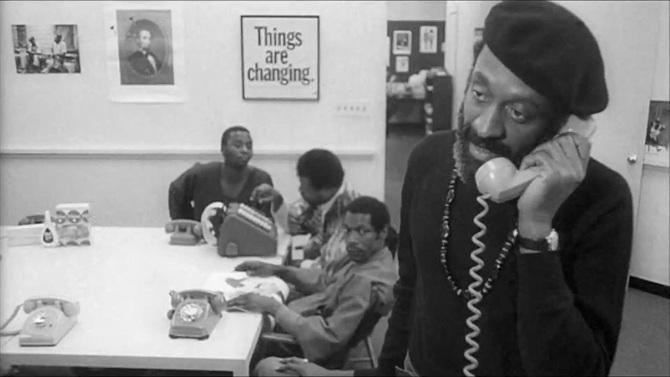
Truth and Soul
We often generalize that old movies are dated. . . and, in some ways, this is true. Sometimes dialogue, fashion, cinematography, and numerous other aspects of a production can come across as old fashioned, yet human beings don't evolve quickly, and a well written romance, drama, comedy, or satire is practically timeless. For an example not related to the film being reviewed today, Charlie Chaplin's cocaine joke from Modern Times (though closing in on 90 years old), is still as funny today as it once was. A satire as rich and relevant today as it was when it was released back in 1969, Putney Swope, written and directed by Robert Downey Sr. (yes, Iron Man's father), holds a comedic magnifying glass up to our present predicament in regards to race and business. Opening with a magnificent overhead shot of New York City, a rather shockingly dressed Southerner (motorcycle gang member meets redneck) arrives in the Big Apple to provide a consult for an executive board of directors of an advertising firm (a large group of middle to aged white men with a token black man - in charge of the music department).

